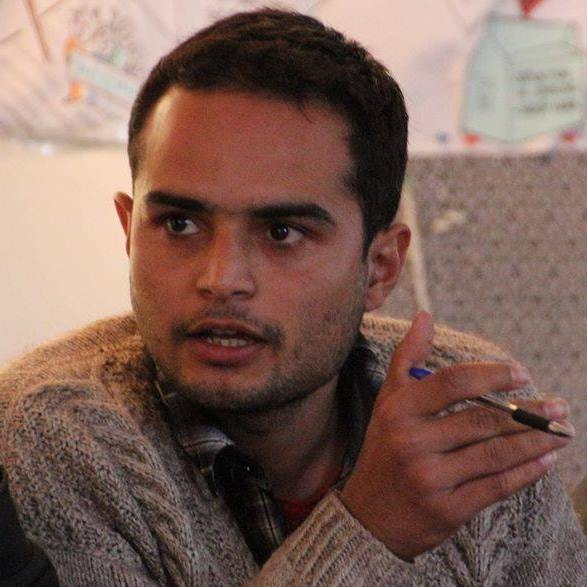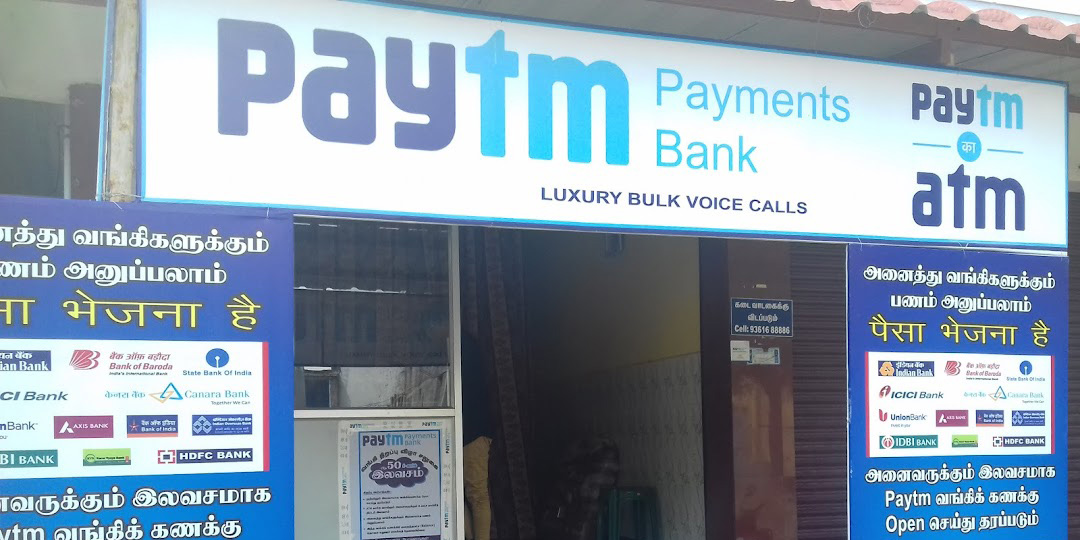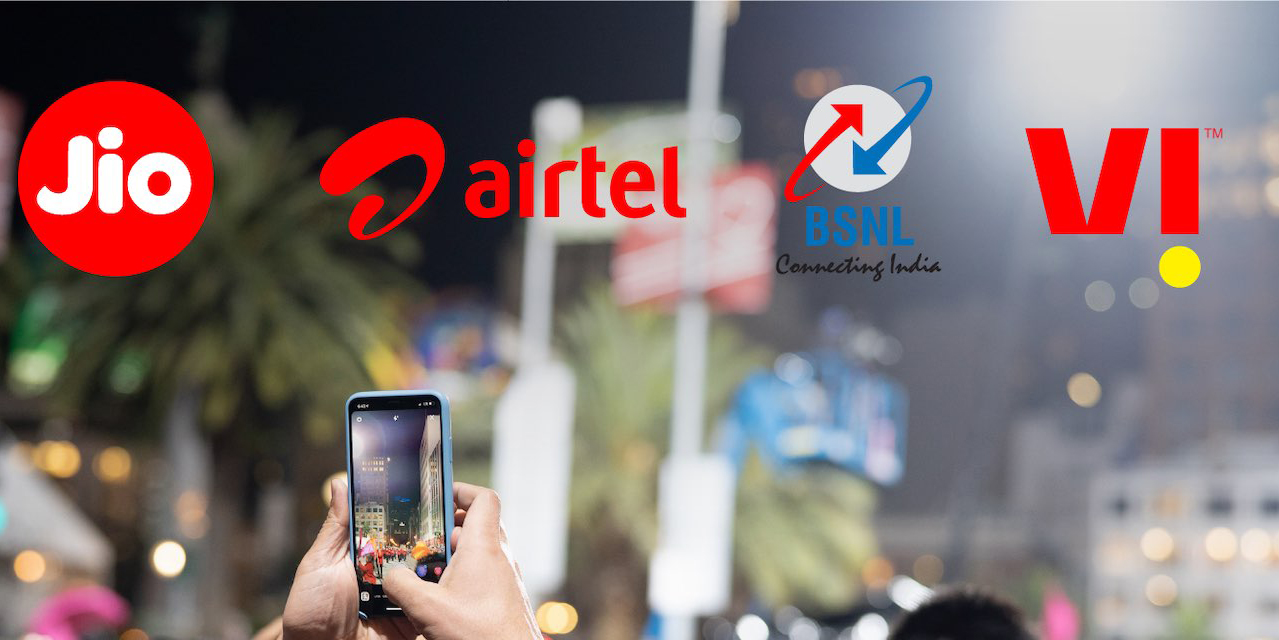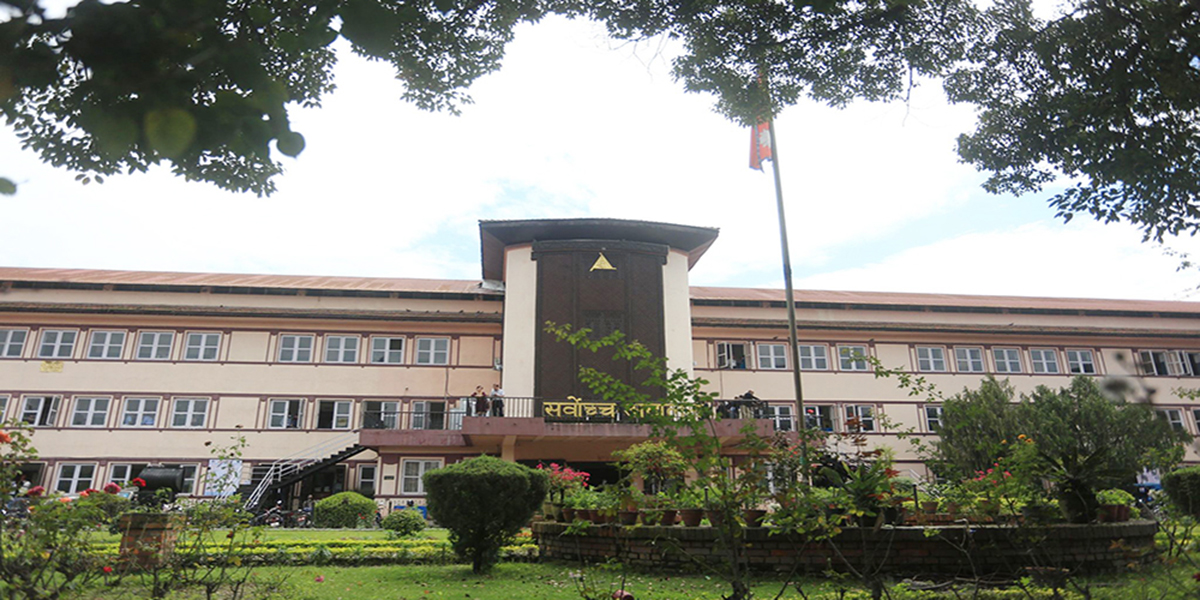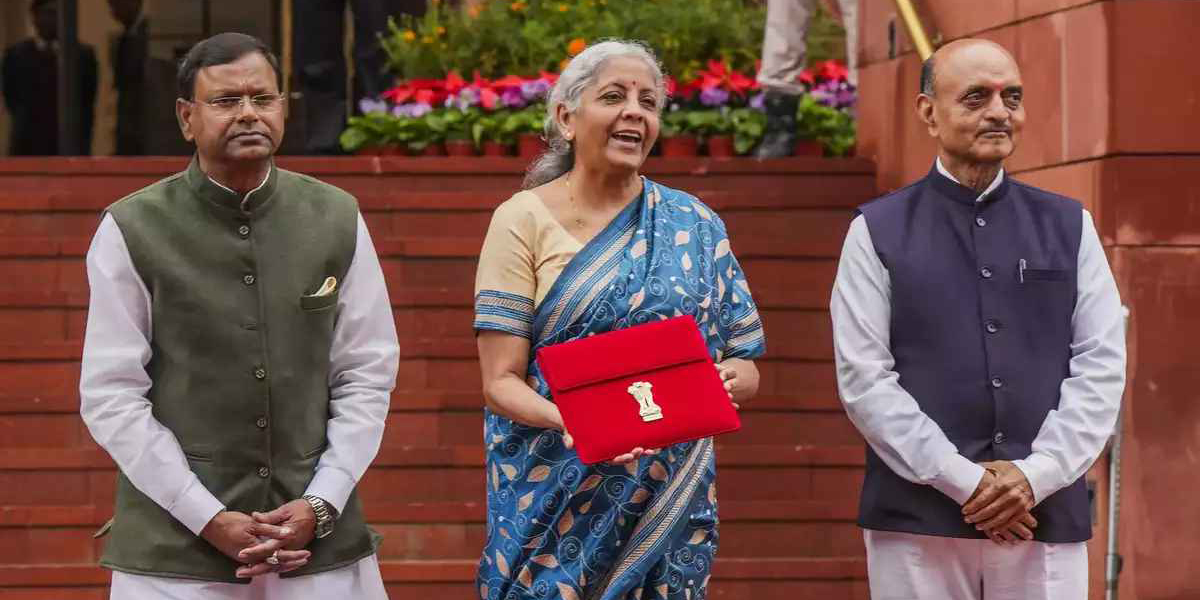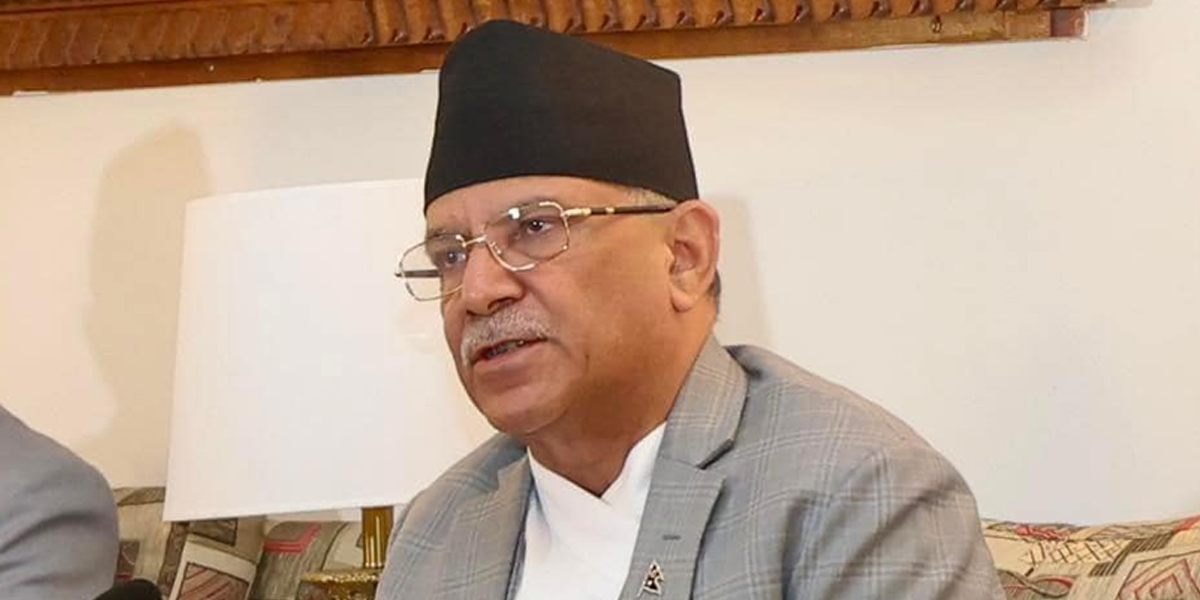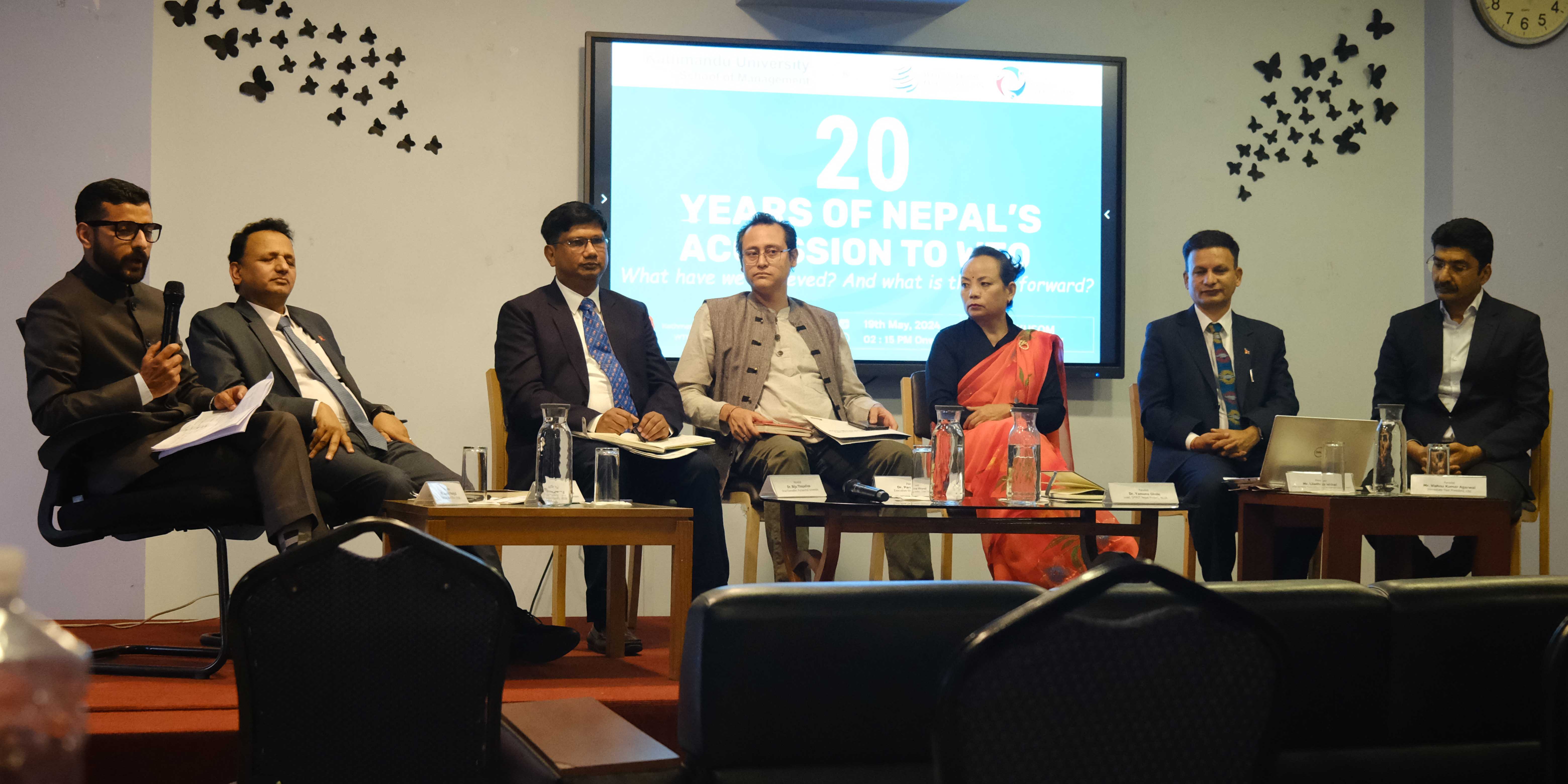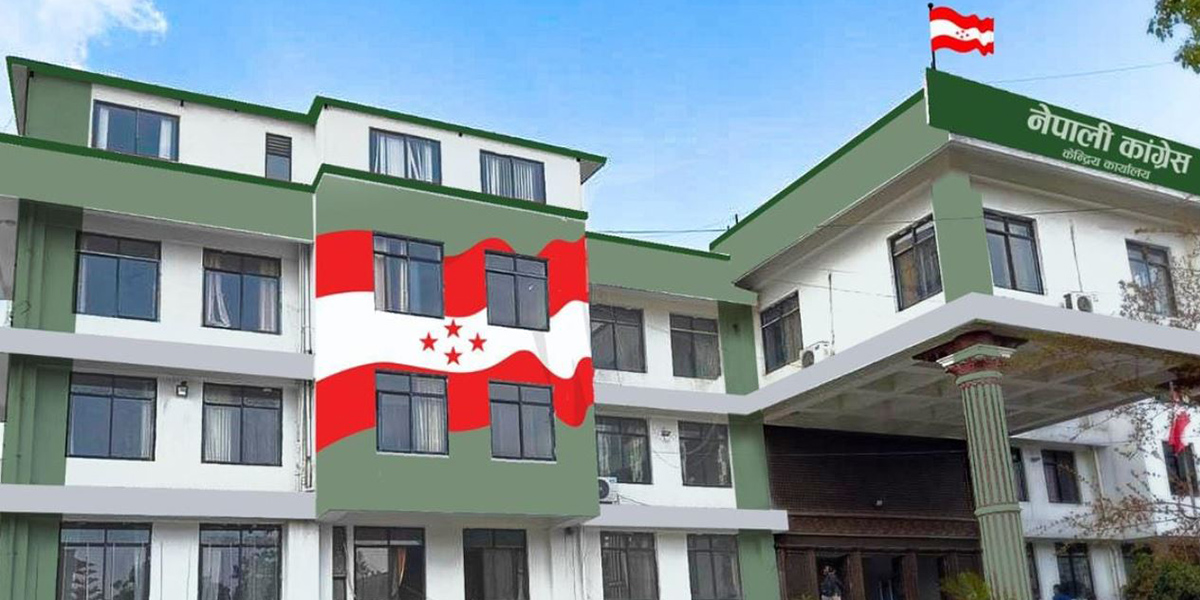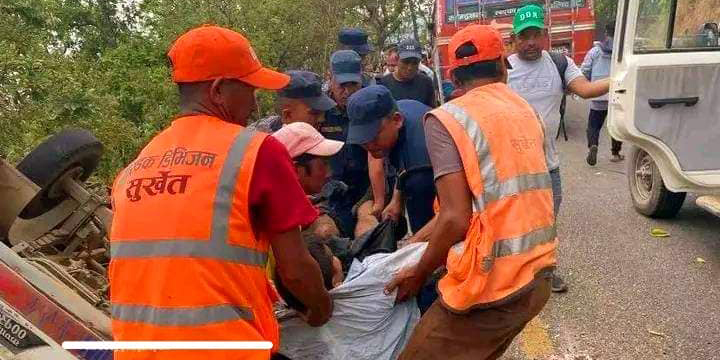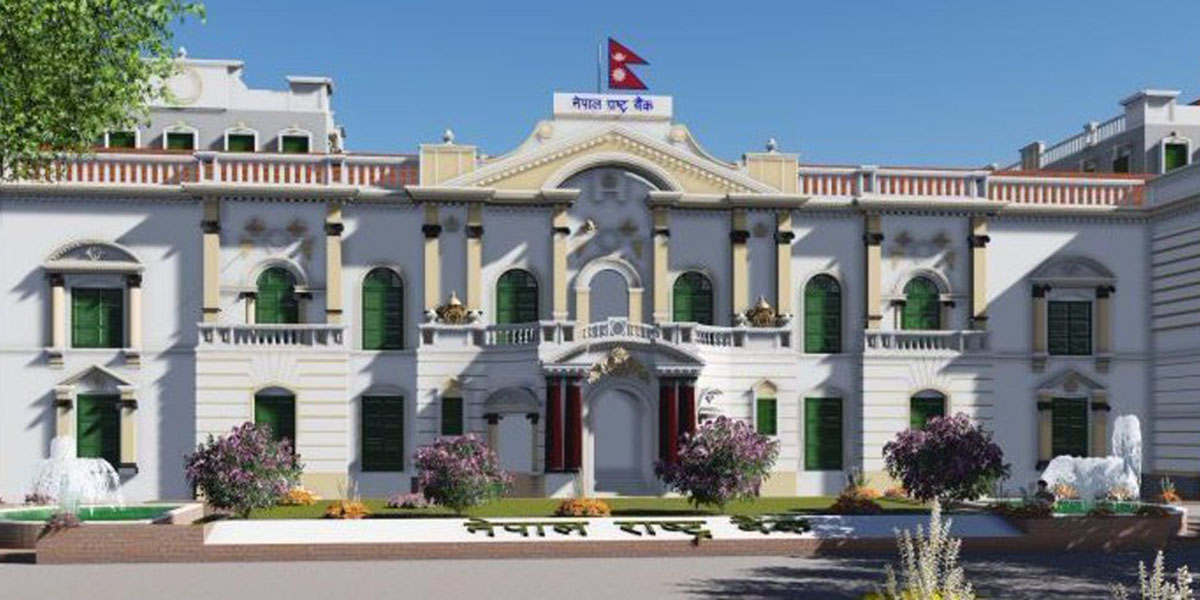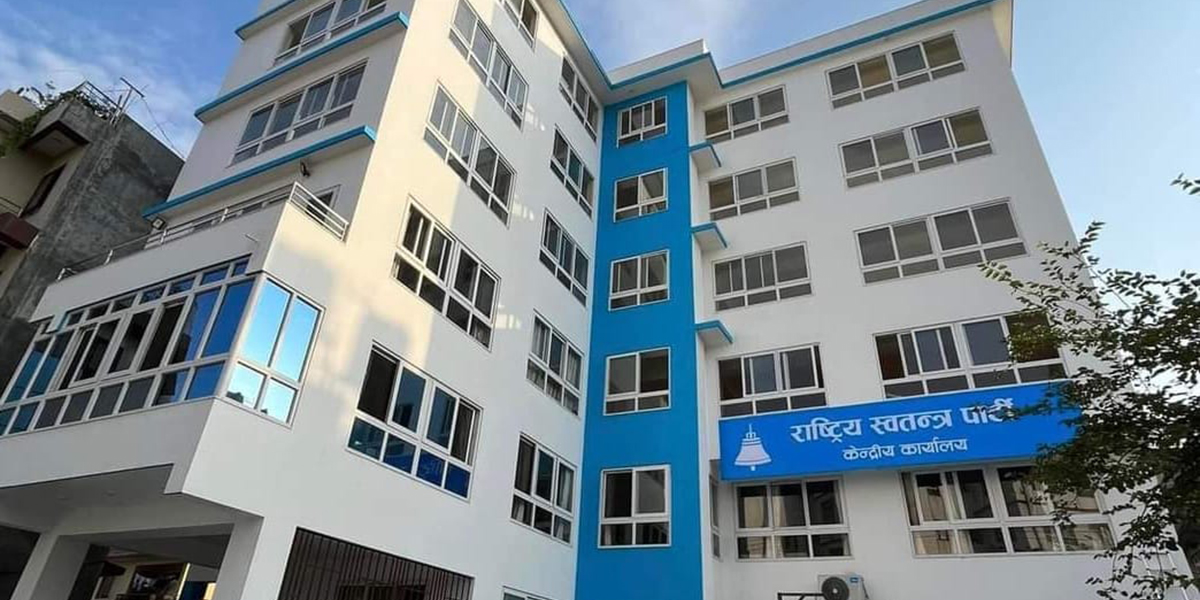
Government officials and experts are eagerly anticipating Indian Prime Minister Narendra Modi’s upcoming state visit to the United States which is slated to take place from June 21–23. The visit is taking place against the backdrop of significant global events, including the Russian-Ukrainian conflict, tense ties between China and the United States, French President Macron’s recent veto on opening a NATO liaison office in Japan, and Europe’s pursuit of strategic autonomy. In light of this, the governing Bharatiya Janata Party (BJP)’s Rastriya Swayamsevak Sangh (RSS), the party’s ideological wing, has been stressing the revival of Indian civilization philosophy while also embracing Western technology and economic contributions for India’s broader development. During Indian Prime Minister Modi’s current term, these variables have grown significantly in prominence.
Key proposed deals
Furthermore, it is crucial to assess the major potential deals that will be disclosed during Prime Minister Narendra Modi’s tour in light of the approaching state visit and the significance of India’s overall growth. Two significant announcements will be made during the visit, according to Manoj Joshi of ORF. First, information on the licensed manufacturing of the GE-414 jet engine, which will power Indian fighters, will be released. Second, the formal inauguration of the INDUS X initiative, which aims to encourage cooperation between the US and Indian defense innovation industries, will take place. There might also be a declaration on the purchase of 18 MQ-9 Reaper armed drones. But at this point, it’s possible that some choices about intelligence sharing and cooperative defense operations won’t be made public. There has been a lot of preparation put into the visit.
To wrap up negotiations with his Indian counterpart Rajnath Singh on a framework for Indo-US Defense Industrial Cooperation, US Secretary of Defense Lloyd Austin traveled to New Delhi in June 2023. The Advanced Domains Defense Dialogue, which was conducted in May 2023 and sought to improve collaboration in a number of security-related fields, including space and artificial intelligence, was also mentioned during the negotiations. The beginning of the India-US Strategic Trade Dialogue in Washington, on June 6, represented a significant step. The discussion, led by the Indian Foreign Secretary Vijay Mohan Kwatra, had as its goal to promote the growth and commerce of key technological fields, such as semiconductors, space, communications, quantum technology, artificial intelligence, military, and biotechnology. The conversation, which was facilitated by Alan Estevez from the US Department of Commerce’s Bureau of Industry and Security, was meant to make sure that the convoluted web of US rules did not obstruct the process.
To wrap up negotiations with his Indian counterpart Rajnath Singh on a framework for Indo-US Defense Industrial Cooperation, US Secretary of Defense Lloyd Austin traveled to New Delhi in June 2023.
In his article, Mr. Joshi articulated, that the F-414 project is expected to be quite difficult. India chose licensed manufacturing even though it may have been more economical to import the engine and request technical assistance from GE for the creation of an engine for the AMCA. In the past, India has only produced the RD 33 for the MiG-21, the AL 31P for the SU-30 MKI, and the Orpheus engine for the Gnat in the 1960s, frequently putting them together from imported parts. India’s homegrown Kaveri engine program, meant to power the LCA Tejas, hasn’t proven successful, though. India’s high “aatmanirbhar” (self-reliance) technical aspirations, which sometimes surpass its current capacities, especially in sophisticated defense technology, provide a hurdle. Indian businesses have trouble accomplishing these objectives.
Even with the manufacturing license, there may still be limitations on the transfer of specific engine-related technologies. Important conversations about this issue took place in January 2023 when US counterpart Jake Sullivan and Indian National Security Advisor Ajit Doval traveled to Washington for the official launch of the Initiative for Critical and Emerging Technologies (iCET). The idea was disclosed during President Joe Biden’s meeting with Prime Minister Modi in Tokyo in May 2022.
US-Indo relations, Pakistan, China factors & India’s neighborhood
Turning to the geopolitical environment, it is crucial to analyze US-Indo ties’ dynamics while taking into account both their historical significance and present regional circumstances, such as the complicated relationship with Pakistan and the escalating tensions with China. Given the historical background of US involvement in the Indo-Pak relationship, Indian Prime Minister Narendra Modi’s planned trip to the US is of enormous significance for both nations. The US has abandoned its earlier practice of hyphenating India and Pakistan in recognition of the necessity to forge separate and fruitful partnerships with each nation. This change indicates an understanding of India’s rising status and the possibility of a US-India strategic partnership. By cooperating with India, which is a crucial strategic counterbalance to China, the US hopes to increase its presence and influence in the area.
China views Nepal, sometimes referred to as India’s “soft belly,” and the Himalayan region as crucial components of its overall geopolitical plan. China’s emphasis on forging a significant presence in Nepal and the surrounding area gives it the ability to exercise influence and broaden its reach beyond its own boundaries.
India is in a better geopolitical position than China because of its close proximity to the Strait of Malacca, which further increases its geopolitical prominence including its huge coastal lines. However, China views Nepal, sometimes referred to as India’s “soft belly,” and the Himalayan region as crucial components of its overall geopolitical plan. China’s emphasis on forging a significant presence in Nepal and the surrounding area gives it the ability to exercise influence and broaden its reach beyond its own boundaries.
Post-COVID World and Sino-India Geopolitics
Prior to the COVID-19 pandemic, there were signs that Modi and Chinese President Xi Jinping were developing cooperation that was both competitive and cooperative (2C). The two nations acknowledged their competing interests while also recognizing the possible advantages of cooperation in some sectors. But in the post-COVID-19 period, the world’s political climate has drastically changed, with an increasing anti-China attitude dominating on a global scale. As a result, several nations, notably the United States and India, are reexamining their relations with China and looking for methods to lessen their reliance on it. Still, China has become an indispensable nation with an unavoidable supply chain network. In light of this, the impending visit of Indian Prime Minister Modi to the United States will take place amid rising concerns about China’s sway in the globe. This situation highlights the need for India-US strategic alignment and collaboration as both nations work to navigate the changing geopolitical terrain and safeguard their national interests.
Critique
How India will strike a balance between its long-standing defense cooperation with Russia and its expanding ties with the US is a critical issue that needs to be taken into account. Potential difficulties in handling concurrent partnerships with both nations may worry critics. India has a long history of obtaining weaponry and military hardware from Russia, which has long been a significant defense partner. Given India and Russia’s extensive defense cooperation, some critics may wonder how India can manage its alliances and maintain a balance between Russia and the US.
Due to the emphasis on economic contributions and technical collaboration with the West, critics may worry that India’s attempts at domestic growth and self-reliance may be overshadowed.
Alternative viewpoints can draw attention to worries about the possible geopolitical repercussions of stronger relations between India and the US. Some critics claim that deepening India’s strategic alliance with the US would exacerbate tensions with China and have a negative impact on regional stability. They raise concerns about the effect of the state visit on regional dynamics by highlighting the difficulties and conflicts that have characterized India-Pakistan relations throughout history. Some critics contend that India may become involved in wars and rivalries that are not in line with its long-term national interests if it aligns itself too closely with the US. To avoid being embroiled in global power dynamics, they stress the significance of retaining strategic autonomy and diversifying relationships. They support a circumspect strategy that seeks out international collaboration while establishing a balance that protects India’s strategic and regional interests.
Way Forward
In the context of current global events and shifting geopolitical dynamics, the planned state visit of Indian Prime Minister Narendra Modi to the United States is of utmost significance. The article emphasized India and the US’s expanding strategic cooperation while highlighting prospective agreements and partnerships that would be explored during this visit. The upcoming agreements signify how India and the US’s defense cooperation is growing, and they include the GE-414 jet engine’s licensed manufacturing and the launch of the INDUS X project. These agreements demonstrate a commitment to fostering creativity and cooperation in significant technological domains.
Due to the emphasis on economic contributions and technical collaboration with the West, critics may worry that India’s attempts at domestic growth and self-reliance may be overshadowed. Additionally, concerns can be raised about the long-term effects of relying on licensed manufacturing or knowledge transfer from international partners. It’s critical to find a balance between supporting home innovation and participating in global partnerships.
In conclusion, Indian Prime Minister Modi’s state visit to the US is a crucial step in developing the two countries’ strategic partnership and tackling shared challenges in a world that is getting more complicated and competitive. The proposed agreements and partnerships serve as a testament to the dedication to fostering creativity and cooperation in important technological domains. The visit’s intricacies and the shifting geopolitical scene, however, would be better understood with a more impartial appraisal that takes into account opposing viewpoints. India can advance its national interests and foster healthy partnerships with its key allies by taking into account and responding to various points of view.

